The Macclesfield Psalter
This tiny Psalter is the most remarkable English illuminated manuscript to be discovered in living memory. It was made c. 1330-1340 in East Anglia, probably in Norwich, which was a thriving economic, religious and artistic centre with cosmopolitan connections.
The dainty, swaying figures, sweet faces, fashionable coiffure and elegantly draped garments exemplify the courtly art that flourished in aristocratic circles on both sides of the Channel. There is a growing interest in spatial depth, volume, texture, human emotions, and the anatomically accurate rendering of the human body. The bas-de-page scenes included on every page of the manuscript display the earthy humour considered a hallmark of East Anglian illumination.
Learn more about the manuscript by exploring the sections below or selecting folios on the right. Discover further details by choosing any of the folios with the hotspot symbol ![]() .
.
Two main artists, working with at least one assistant, painted the entire Psalter: the Macclesfield Master and the Anointing Master.
The manuscript was commissioned for the young man who is depicted at the opening of the Confession prayer (fol. 246r). A partially erased 15th-century ownership inscription by a nun, Sister Barbara, is visible under UV light (fols. 1r, 8v). Later owners include Anthony Watson, Bishop of Chichester (1596-1605), John Smeaton, and the Earls of Macclesfield of Shirburn Castle, Oxfordshire. The Psalter was purchased at Sotheby’s, London, 22 June 2004, lot 587 by the J. Paul Getty Museum, Los Angeles, but was stopped from export by the Minister of Culture on the recommendation of the Waverley Committee. It was purchased by the Fitzwilliam Museum in 2005.
The manuscript contains the book of Psalms (150 Old Testament poems), prefaced by a Calendar and a prayer. Originally, historiated initials would have marked all of the ten major Psalm divisions, but the initials for Psalms 68, 80 and 101 are lost. The Psalter text is followed by the standard set of ten Canticles, the Te Deum hymn, the Athanasian Creed, the Litany and the Office of the Dead. Most texts are conventional, apart from the Confession prayer, which is not found in other Psalters made by the same craftsmen, and is unusually detailed. The texts are framed by full or partial bar borders on burnished gold grounds. These are richly decorated with spirals of leafy vines, birds and animals, knotwork, naked figures, and fanciful creatures, especially hybrids. Medallions with 'portrait' busts and profiles are incorporated in several borders, and similar heads appear in some ornamental initials. The lower margins of almost every page feature inventive figures and scenes. The sources of these pictorial parodies, absurdities and obscenities were both verbal and visual. They range from exempla, or anecdotes used by preachers to enliven their sermons, to religious plays, secular romances, and fables that entertained courtly audiences and townsfolk alike.
The extensive decoration of this manuscript was obtained with a very homogeneous palette, which includes carbon black, lead white, red lead, azurite blue and verdigris. Organic colourants provided a range of purple, tan and pink hues. Mosaic gold was used in the majority of yellow areas, although some details such as the figures’ hair probably contain a light-coloured yellow dye.
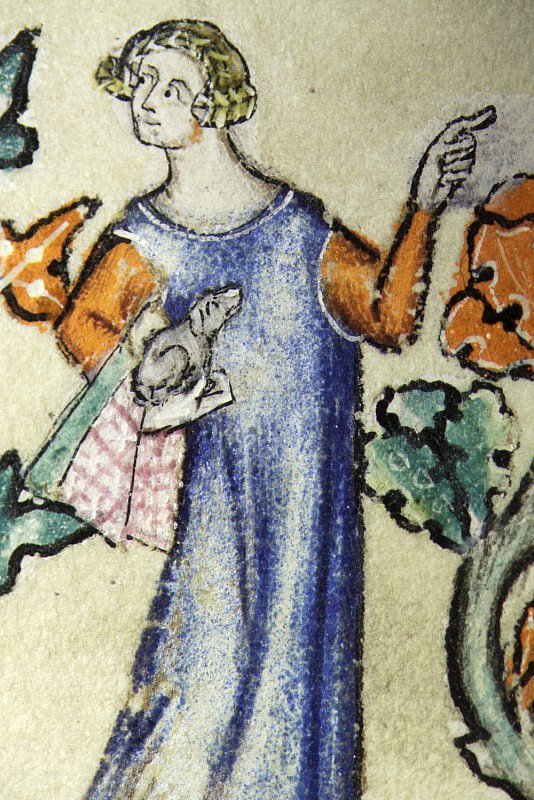
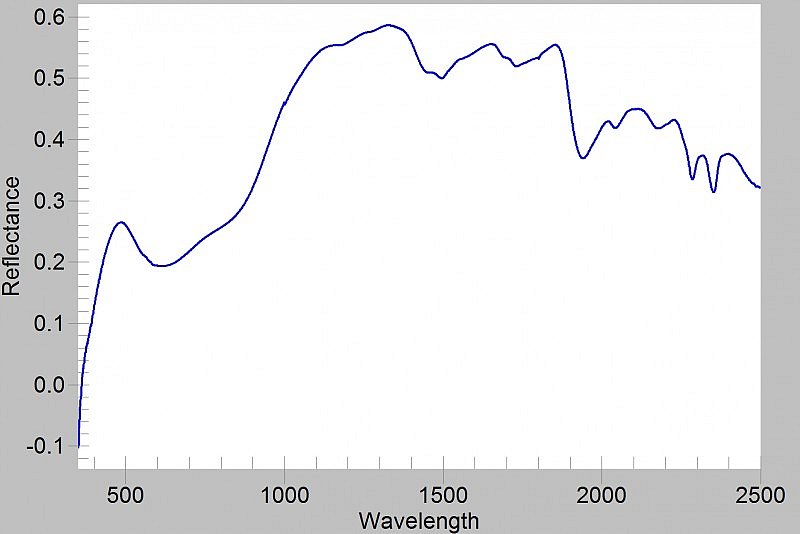
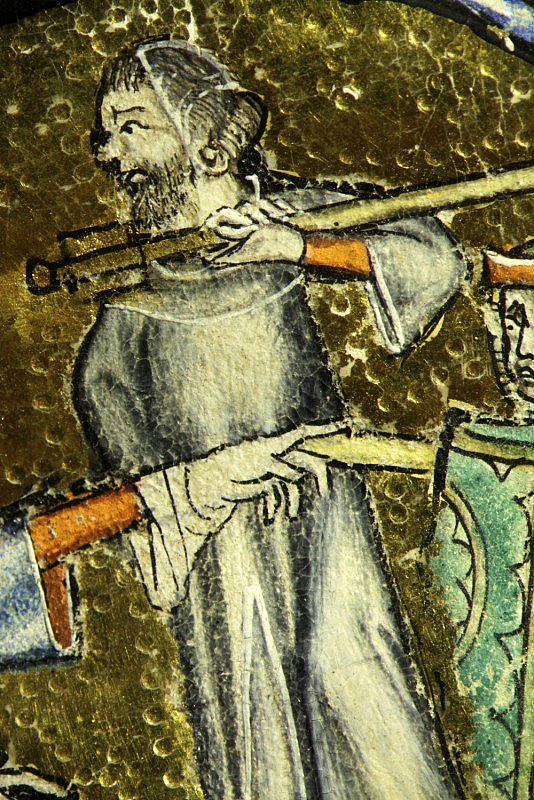
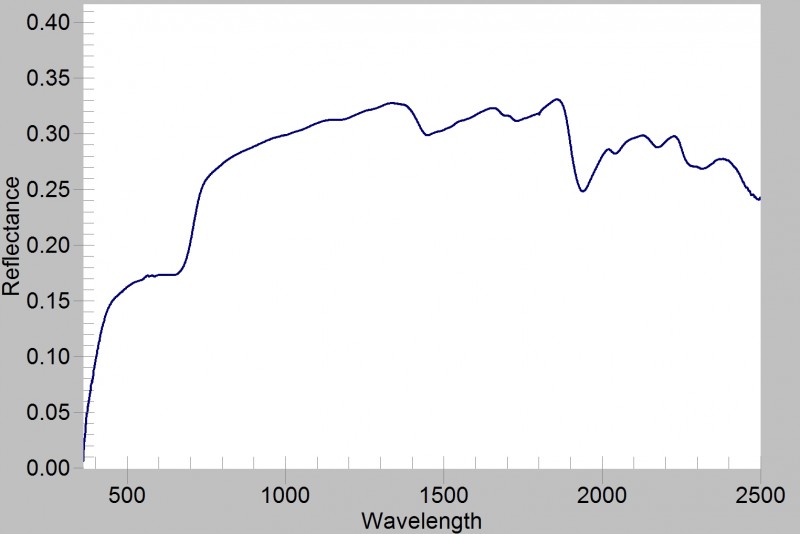
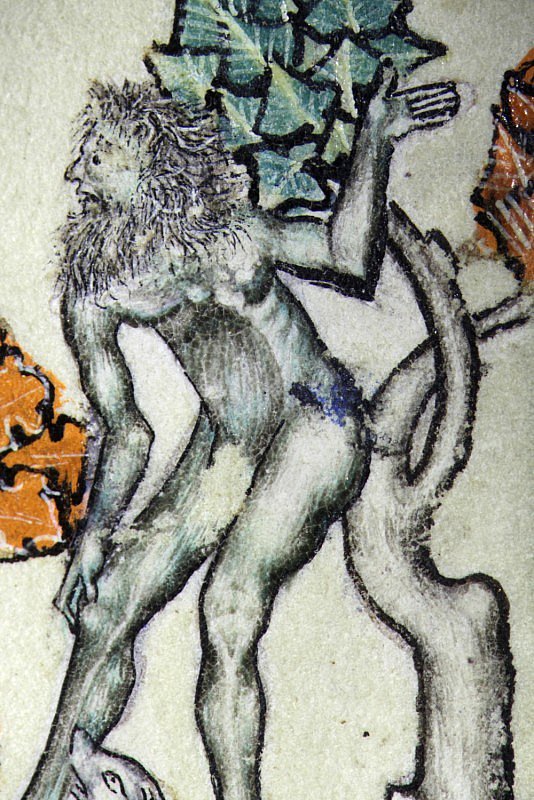
Historiated initial D: King Saul ordering Doeg to kill the priests of Nob (Psalm 38)
This initial deviates from the typical subject matter for Psalm 38 in the traditional English cycle. Instead of showing the Judgment of Solomon, it shows the story of King Saul ordering Doeg to murder Achimelech and his fellow priests of Nob. The jealous king decided to kill the priests because he was angry that they had offered refuge to his rival, David. Saul assigned the task to Doeg, his chief herdsman, when his soldiers (represented here by a fully armed knight), refused to carry out his orders. The initial extends into a full foliate border featuring a bust within a medallion. A mounted knight, a noblewoman cradling her lap dog, and a wild man are depicted in the bas-de-page scene.
This page contains both blue pigments found in the manuscript: azurite, used extensively here in the borders and in the tunics of King Saul and the noblewoman shown in the lower margin (hotspot 1); and indigo, found in Doeg’s grey-blue tunic (hotspot 2) and in the horse. The wild man’s grey-green flesh tone was instead obtained with verdigris (hotspot 3).